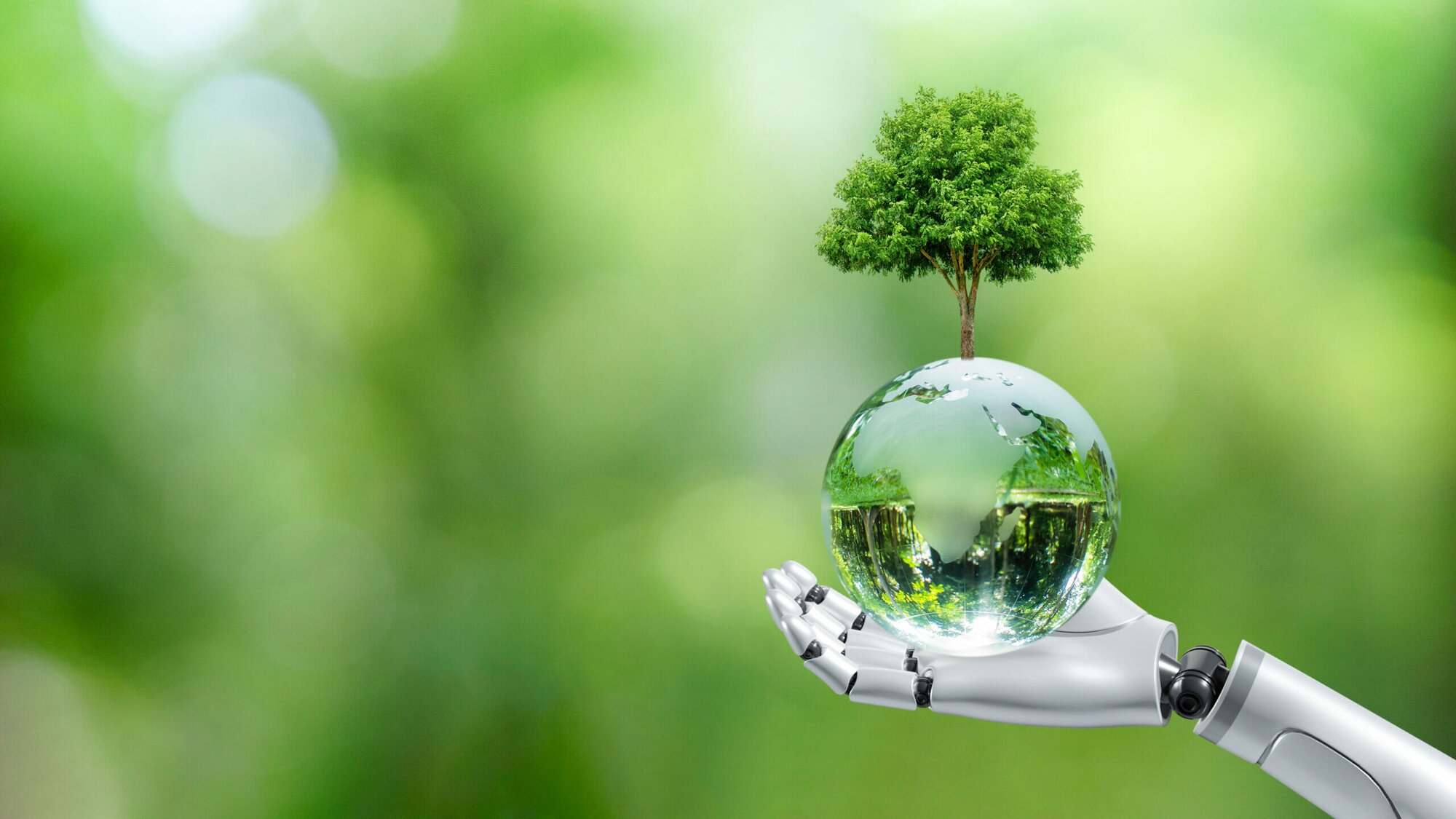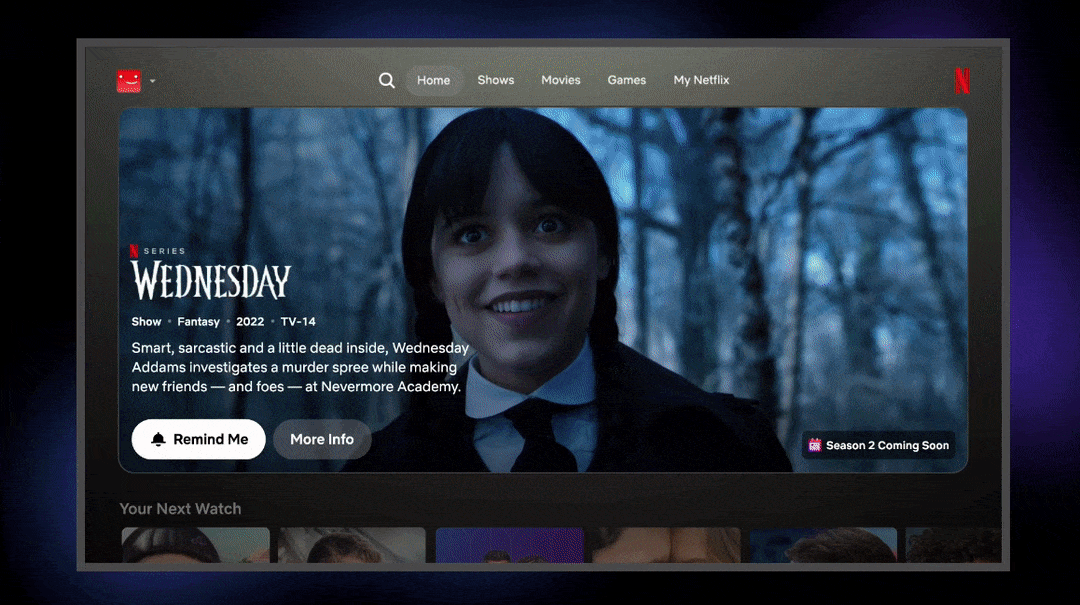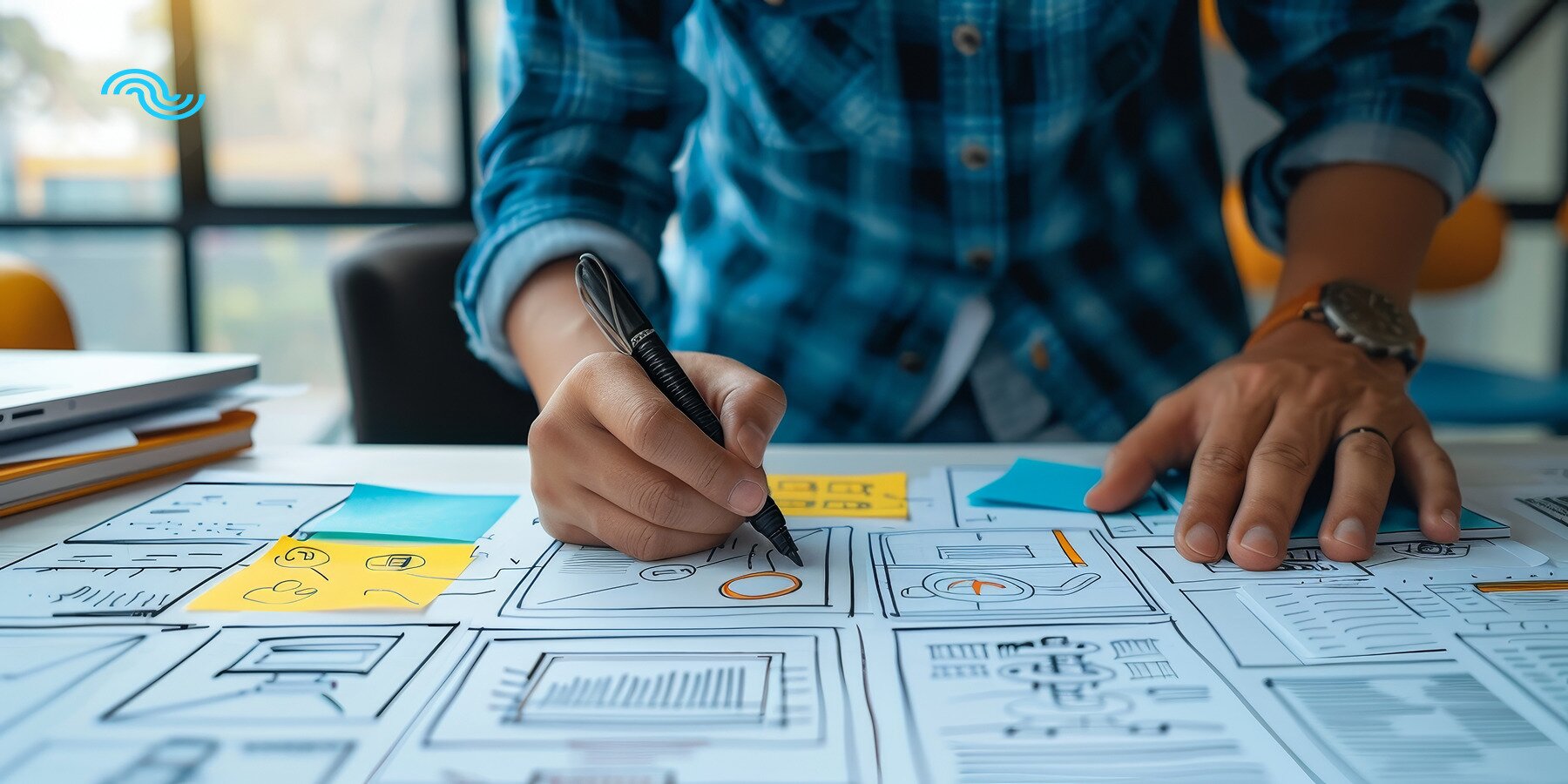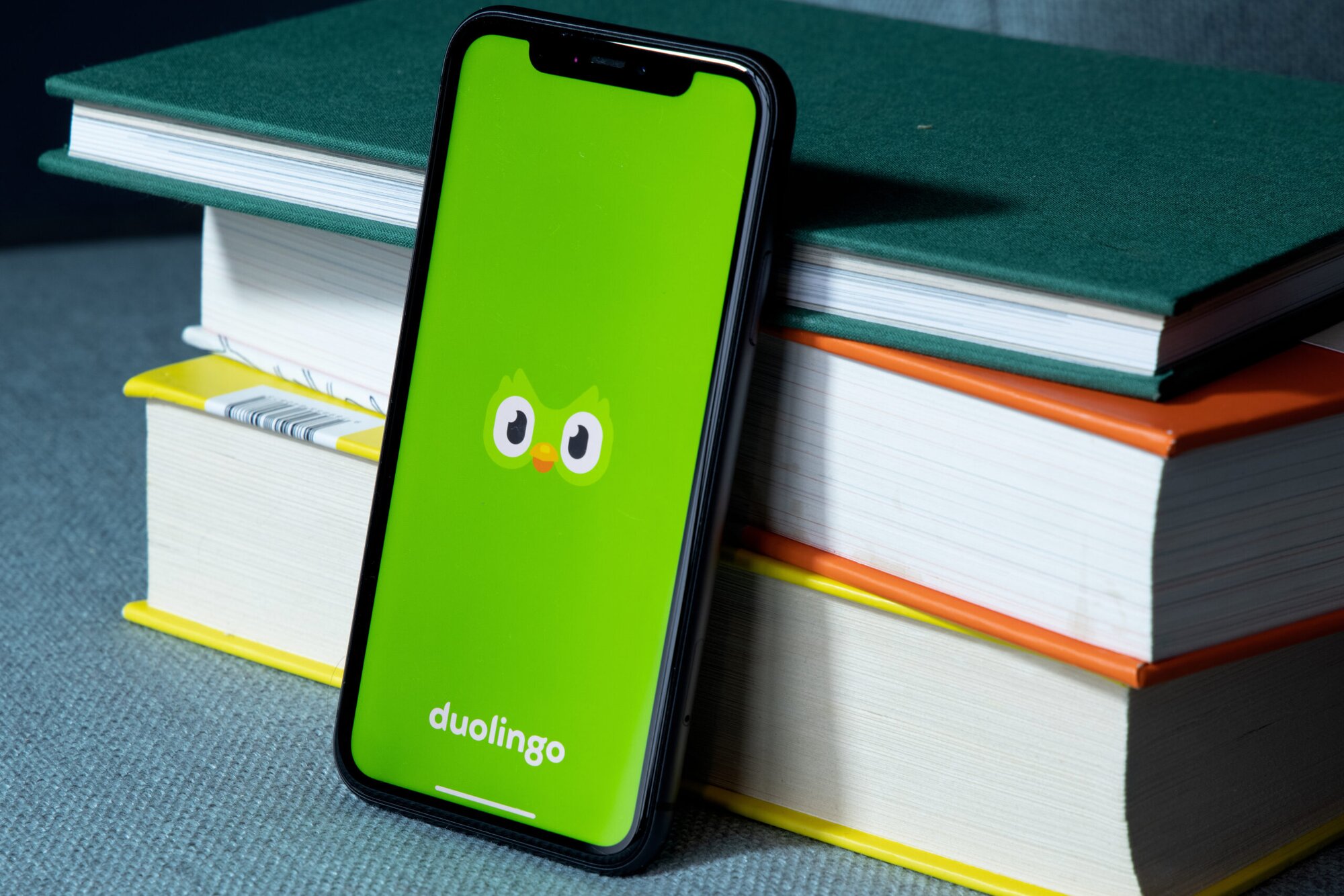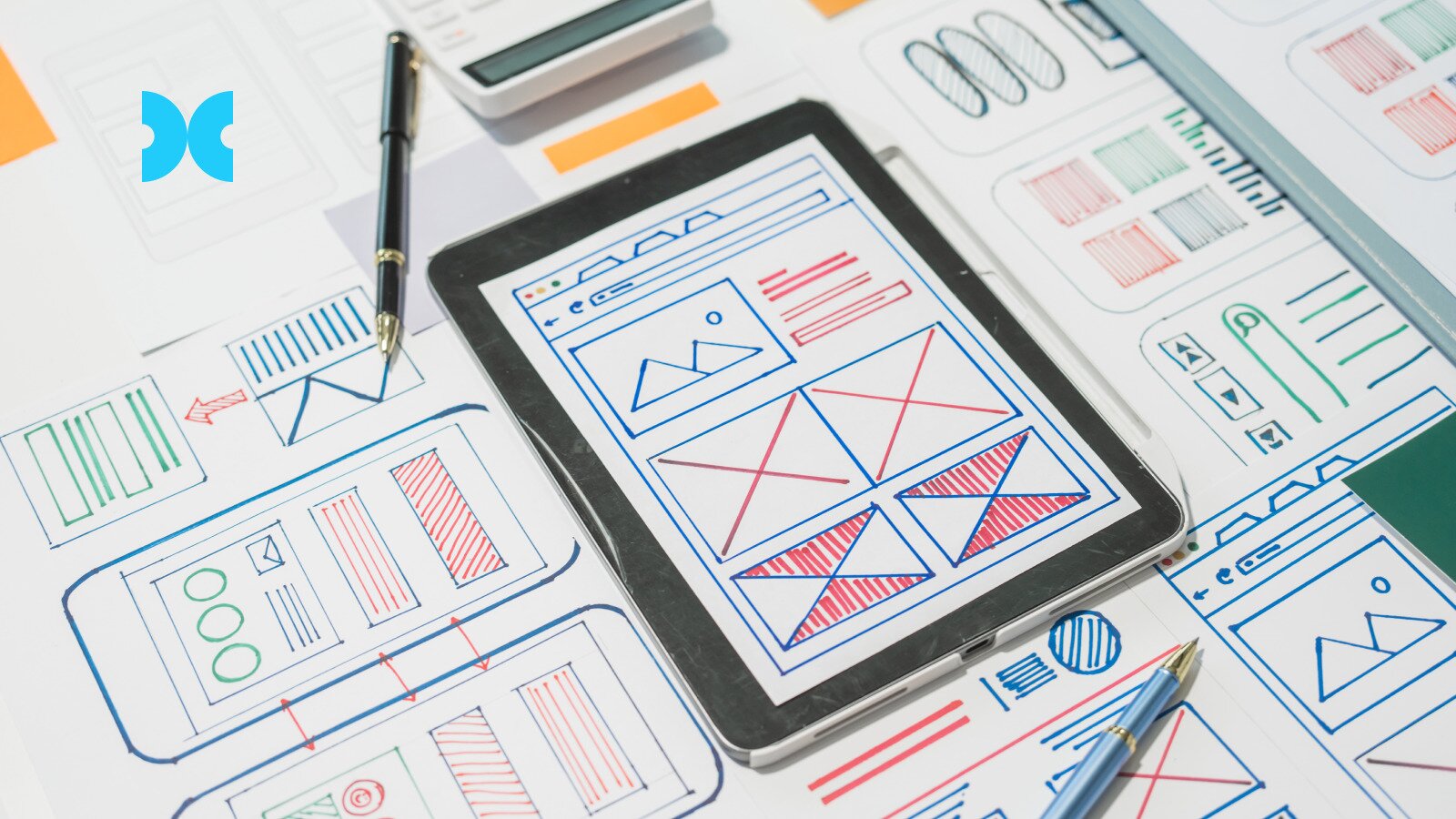We are only three weeks away from our flagship event, #mtpcon London! What’s more, it’s 10 years old this year, with the first-ever #mtpcon happening in October 2012.
Our London stage has played host to an exceptional group of product speakers over the past decade, so each week in the run-up to this year’s event, we’ll bring you the most memorable moments from #mtpcon London in years gone by.
This week, we look back to #mtpcon London 2018. At the time, Google's agenda moved to make hardware such as Google Home. In this talk, Ivy Ross, Google’s VP of Design for Hardware, led a keynote talk on working out what it felt like when you held Google in your hand.
Going through the stages of product development
Ivy talked the audience through the stages that they needed to walk through to succeed in their goal. The team first needed to come up with a personality which it could create a design aesthetic from. It settled on being human (which means being authentic, approachable, and humble), optimistic, and daring. Google’s eventual design established a style so that its products look like they belong together, look different from the competition, and intrinsically feel “like Google”.
Ivy shared Google’s design pillars:
- Technology should feel human, and it needs to be approachable, honest and humble
- Simplicity of form and function – hide the interface until you need to engage with it
- It should be optimistic, so it makes you smile
- And daring, so it can do the unexpected
Owning the product
Google’s combination of materials allows users to understand which parts of the device are for input and which give an output. The horizontal break in its products is an iconic piece of design.
How can you own Colour? Ivy’s team took the view that you can’t always try to stand out when sitting in someone’s living room, and used this approach to inform Google’s use of colour in its hardware products. It looks at small details to which it can add stand-out colours.
What was next for Google in 2018?
Ivy went on to discuss the mission for the global tech company going forward. Its next stage of development in 2018 was to look at different forms for its home hardware products. She said: “Visual displays which can be placed in peoples’ living areas have to be carefully calibrated to not takeover. Screen brightnesses need to adjust and speakers need to sit behind the main display.”
A focus that is still very much applicable to Google today is that it continues to try to own colour to surprise and delight its users. It spends months looking at social trends and how these can be represented by new palettes. Consumers are shown them both individually and in family groups, so that the company can understand specific reactions and the overall impact of the group. This all ties into its mission on being accessible for all.
Google’s Head of Product Inclusion and Equity, Annie Jean-Baptiste, says: “At Google, we build products for the world. The people we design for come from different races, places, ethnicities, socio-economic positions, abilities, and more. Equity is not a moment or a point in time—it should be embedded into everything we say, do, and build. When we’re intentional about creating infrastructure to build for everyone—with everyone—that’s when product inclusion happens.”
In order to achieve this goal, the organisation must admit that they don’t know everything. A human-centred approach is pivotal for Google’s mission.
Intuition is the highest form of intelligence
Ivy closed her talk by explaining the importance of intuition. “Your intuition is a muscle that you can flex and grow stronger. It allows you to make connections from disparate pieces of information to come to your own conclusions,”
“If teams want to be successful then they need to design for how they want people to feel when using their products. This can’t just be gleaned from user research – it has to include designers’ own intuition, and that comes from their experiences.”
Check out another amazing talk from #mtpcon London 2018: Get Comfortable Breaking Your Product by Rik Higham.
#mtpcon London is back this October (13th & 14th) and celebrating its 10th anniversary! Join us for our tried and tested hybrid conference format, for two full days of product inspiration (plus a day of optional pre-conference workshops!). Find out more here.

